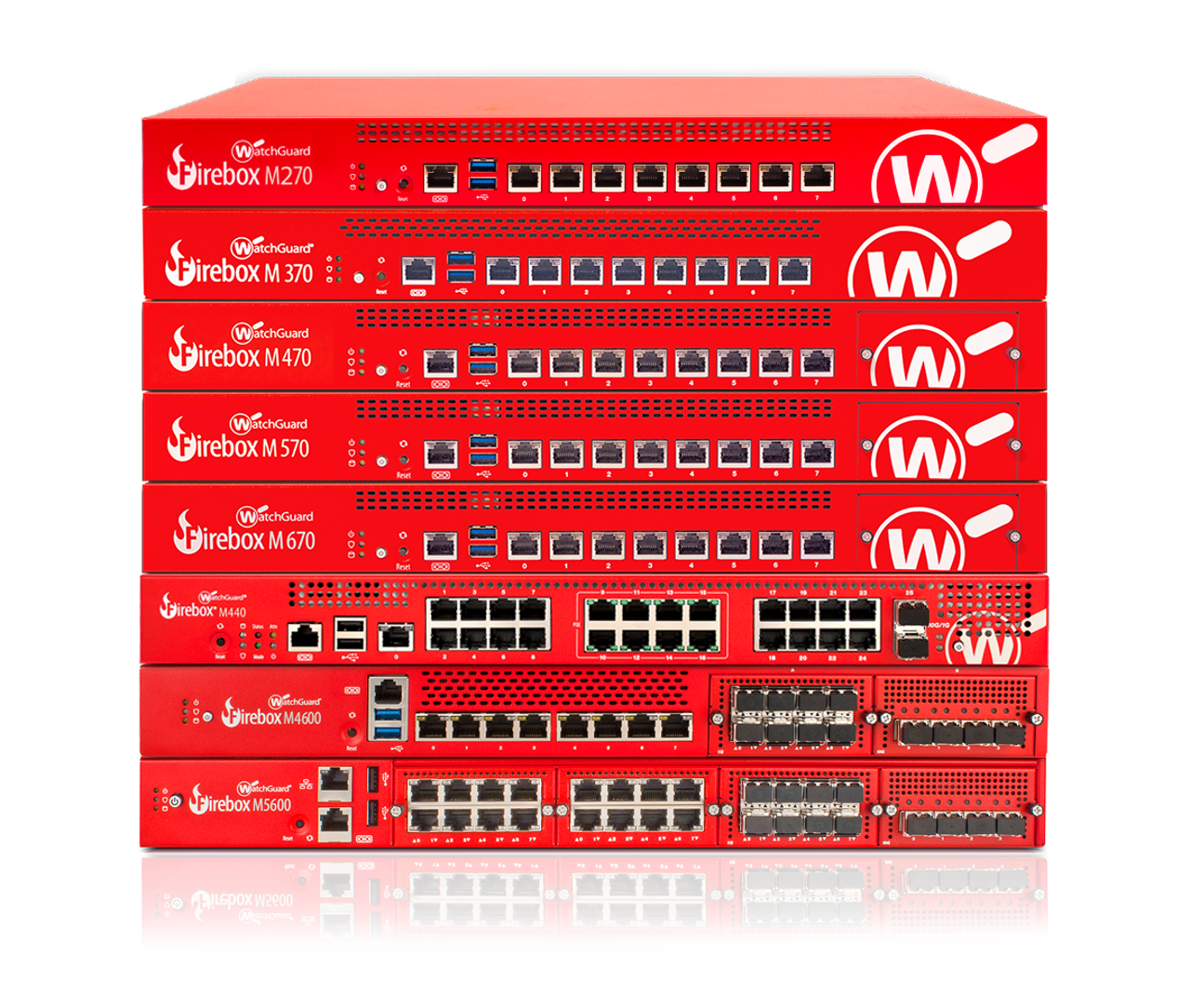

One of the additional benefits of one-to-many NAT is that it is a practical solution to IPv4 address exhaustion. Protocols not based on TCP and UDP require other translation techniques. A web browser in the masqueraded network can, for example, browse a website outside, but a web browser outside cannot browse a website hosted within the masqueraded network. This method enables communication through the router only when the conversation originates in the private network since the initial originating transmission is what establishes the required information in the translation tables. This is the most common type of NAT and has become synonymous with the term "NAT" in common usage. Other names include port address translation (PAT), IP masquerading, NAT overload and many-to-one NAT. RFC 2663 uses the term network address and port translation (NAPT) for this type of NAT. For these protocols the port numbers are changed so that the combination of IP address (within the IP header) and port number (within the Transport Layer header) on the returned packet can be unambiguously mapped to the corresponding private network destination. The vast bulk of Internet traffic uses Transmission Control Protocol (TCP) or User Datagram Protocol (UDP). To avoid ambiguity in how replies are translated, further modifications to the packets are required. Typically packets passing from the private network to the public network will have their source address modified, while packets passing from the public network back to the private network will have their destination address modified. Īll IP packets have a source IP address and a destination IP address. When a reply returns to the router, it uses the connection tracking data it stored during the outbound phase to determine the private address on the internal network to which to forward the reply. The router tracks basic data about each active connection (particularly the destination address and port). As traffic passes from the local network to the Internet, the source address in each packet is translated on the fly from a private address to the public address. The router is also connected to the Internet with a public address, typically assigned by an Internet service provider. A router in that network has a private address of that address space. In a typical configuration, a local network uses one of the designated private IP address subnets (RFC 1918). The majority of network address translators map multiple private hosts to one publicly exposed IP address. Basic NAT can be used to interconnect two IP networks that have incompatible addressing. In this type of NAT, only the IP addresses, IP header checksum, and any higher-level checksums that include the IP address are changed. RFC 2663 refers to this type of NAT as basic NAT it is also called a one-to-one NAT. The simplest type of NAT provides a one-to-one translation of IP addresses. 4 Type of NAT and NAT traversal, role of port preservation for TCP.The specifics of NAT behavior are not commonly documented by vendors of equipment containing NAT implementations. Īs network address translation modifies the IP address information in packets, NAT implementations may vary in their specific behavior in various addressing cases and their effect on network traffic. One Internet-routable IP address of a NAT gateway can be used for an entire private network.

It has become a popular and essential tool in conserving global address space in the face of IPv4 address exhaustion. The technique was originally used to avoid the need to assign a new address to every host when a network was moved, or when the upstream Internet service provider was replaced, but could not route the networks address space. Network address translation ( NAT) is a method of mapping an IP address space into another by modifying network address information in the IP header of packets while they are in transit across a traffic routing device. Network address translation between a private network and the Internet


 0 kommentar(er)
0 kommentar(er)
